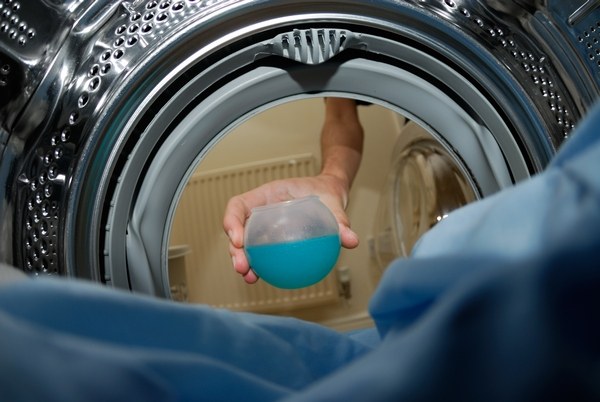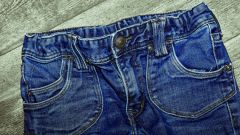Instruction
1
Usually the grease spots are obscure, blurred contours and "rays" radiating out in different directions. Old stains manifest on the other side of the fabric. Turn the thing inside out and clean off dust with a damp brush. Put under matter white paper towel or cloth. Apply on cotton ball remedy for removing stains and soak the area around the track. Then gradually move from the edges to the center so the stain will not melt. Be especially careful with synthetic and coloured fabrics, better check the effect of stain remover on a spare piece of fabric. You can first dilute the agent with water so that concentrated solutions can damage clothes.
2
Traces of vegetable oil, mayonnaise, oil paints, creams, resins well are printed using organic solvents – alcohol, turpentine, acetone, you need to apply them on a cotton swab and act in accordance with the first paragraph. Be careful, these tools can also ruin the fabric. You can also make a solution of ammonia salt (25 grams of alcohol and 5 of salt). Sprinkle the stain with salt and pour this mixture. Then RUB the bread or blotter. If traces remain, add the salt. For woollen fabrics suitable gasoline, with a velvet print grease stains with turpentine.
3
Sprinkle the spot with chalk or talc, cover with blotting paper and iron. After that wash the thing. If the fabric cannot be washed in hot water (e.g. silk), take the heated potato flour, sprinkle her a trace of fat and shake off in twenty minutes. Repeat until the garment is clean, then remove the flour with a brush. Of potato flour, you can make porridge by adding hot water. Apply it on the old stain and leave to dry. To remove greasy marks from silk you can also use glycerin. Half spoon of ammonia, mix with a spoon of water and glycerin, soak the thing in this mixture for ten minutes and rinse.
4
To remove greasy stains from the collar before washing RUB it with bar soap. On top of clothing collars wipe with cotton wool soaked in saline solution or ammonia.
Useful advice
Before you use any tool for removing stains, try it on the hem or the margin of the fabric at the seam.





